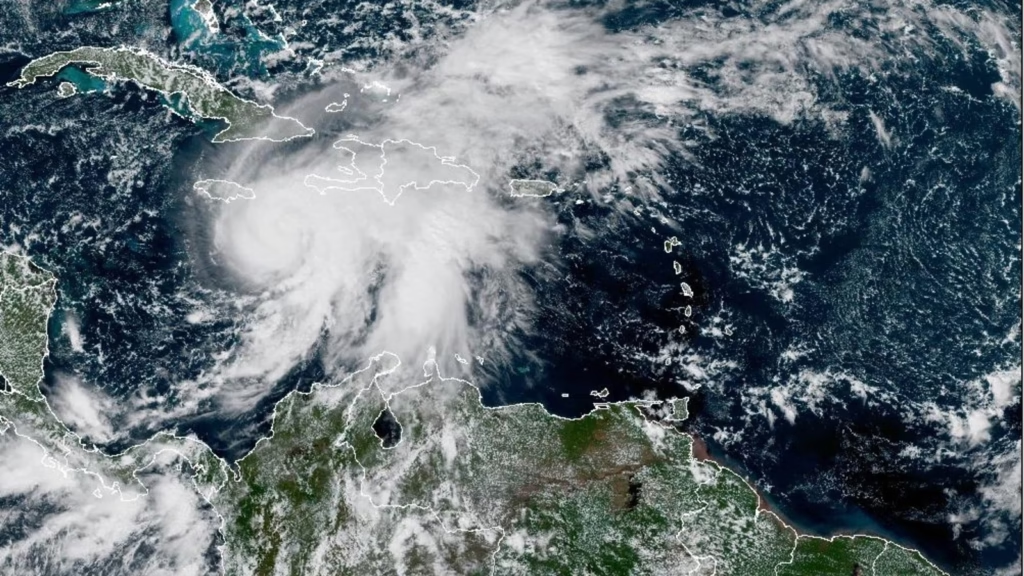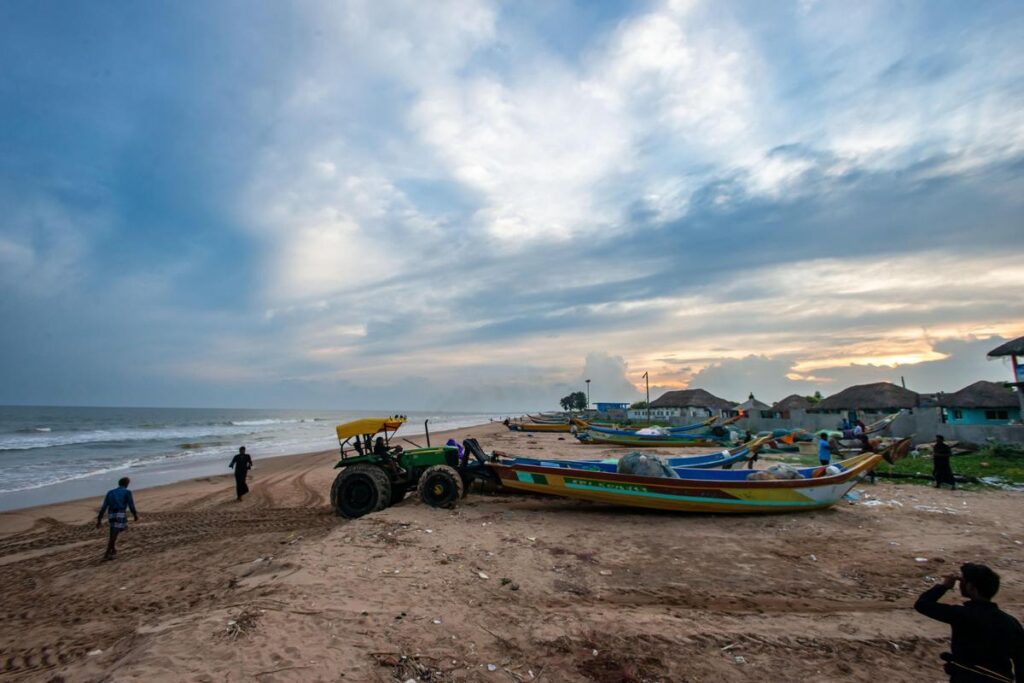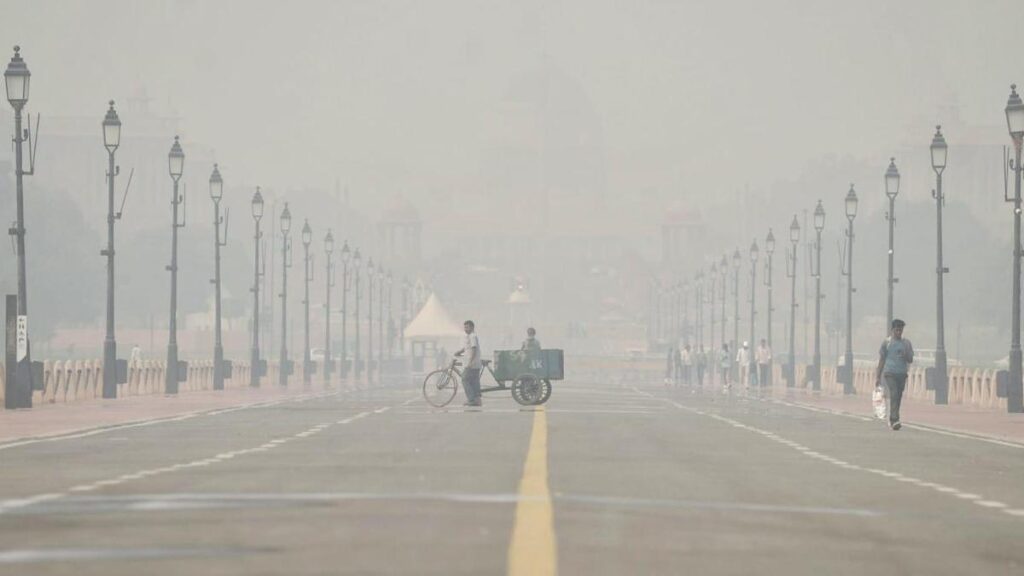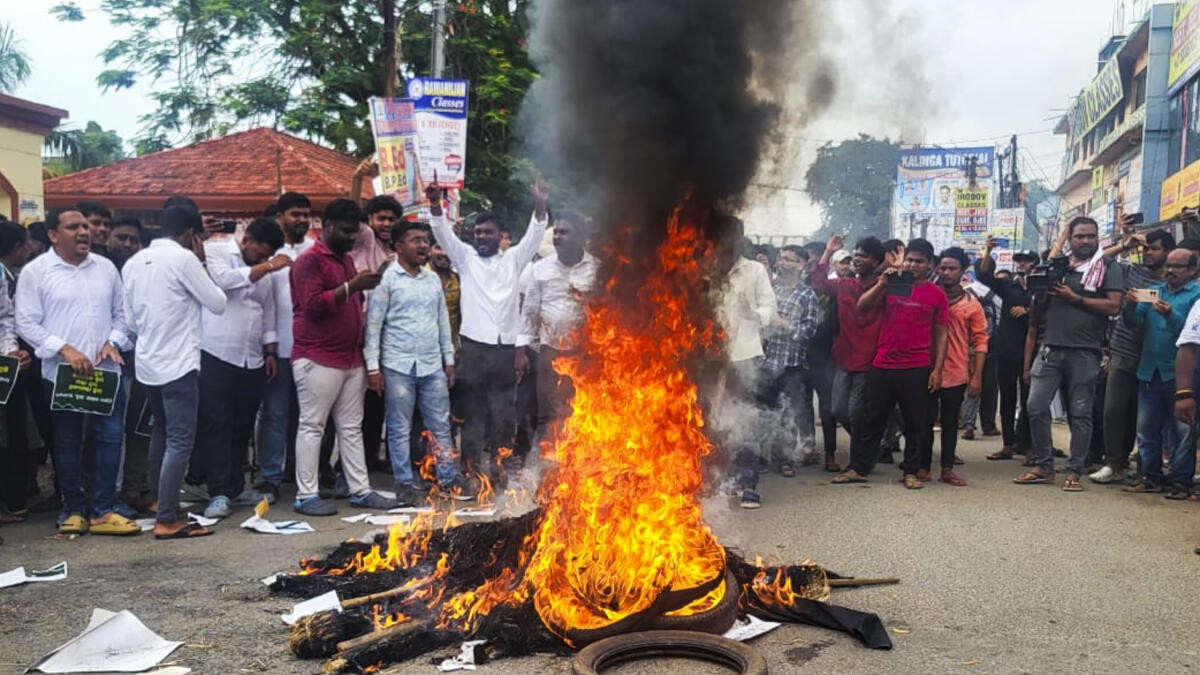Now Reading: 30 Dead in 24 Hours as Heavy Rains Trigger Flash Floods Across Pakistan’s Punjab
-
01
30 Dead in 24 Hours as Heavy Rains Trigger Flash Floods Across Pakistan’s Punjab
30 Dead in 24 Hours as Heavy Rains Trigger Flash Floods Across Pakistan’s Punjab
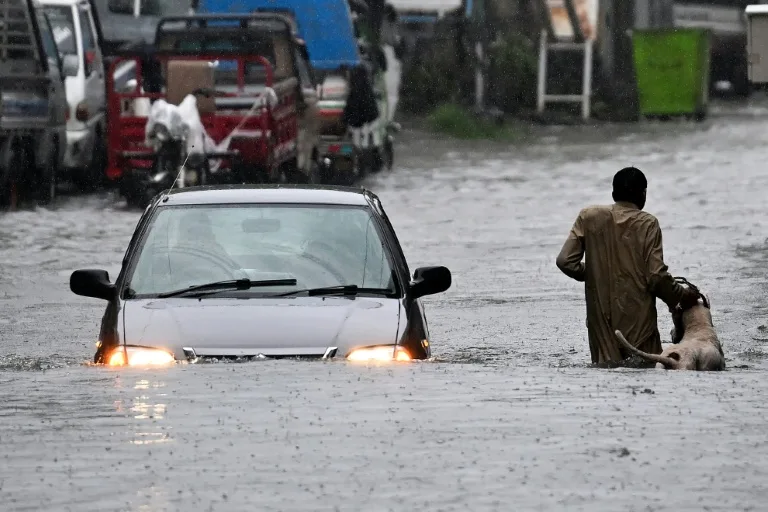
Torrential rains have wreaked havoc across Pakistan’s Punjab province, leaving at least 30 people dead in just 24 hours. The worst-hit region, Chakwal, saw sudden flash floods prompting authorities to declare an emergency. With water levels rising and infrastructure under strain, the situation remains critical and highlights the region’s growing vulnerability to extreme weather events.
Flash Floods Hit Without Warning
In Chakwal, what began as overnight showers quickly turned into dangerous flash floods. Roads were submerged, homes damaged, and several people were swept away. Rescue operations have been ongoing, but officials admit the scale of the flooding has made relief efforts difficult.
Many areas remain cut off due to damaged bridges and blocked highways.
Casualties and Displacement
The death toll includes several children, with dozens more reported injured. Hospitals in the region are overwhelmed as locals continue to arrive with flood-related injuries. Thousands of residents have been displaced, taking shelter in temporary relief camps.
While Punjab is no stranger to monsoon rains, the sudden intensity this year caught many off guard.
Emergency Measures and Response
In response, the local administration has declared a state of emergency in multiple districts. Disaster management teams and the army have been deployed to assist in evacuation and relief distribution. Authorities have also urged residents living near rivers and low-lying areas to relocate to safer ground.
Despite warnings, many people say they received little to no official communication before the waters rose.
Wider Impact and Regional Relevance
Heavy rainfall in northern Pakistan often impacts neighboring states in India too, especially border districts in Punjab and Jammu. Flooding of shared rivers can lead to water level rise on both sides, making this a concern for cross-border coordination during monsoon seasons.
In smaller towns—both in Pakistan and India—urban planning rarely accounts for climate extremes. As a result, Tier 2 cities often bear the worst consequences when nature strikes hard.
Conclusion:
What happened in Chakwal is not just a one-off tragedy—it’s a warning. Climate volatility is no longer distant or seasonal; it’s here and deadly. For both governments and citizens, there’s an urgent need to rethink preparedness, especially in places where development hasn’t kept pace with nature’s unpredictability.








